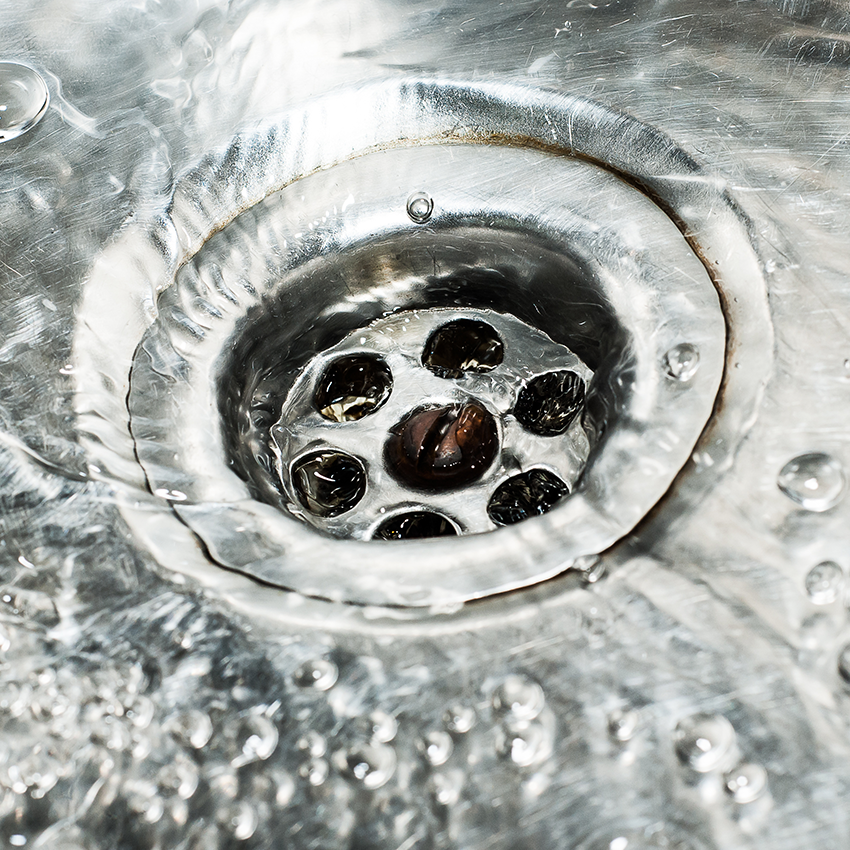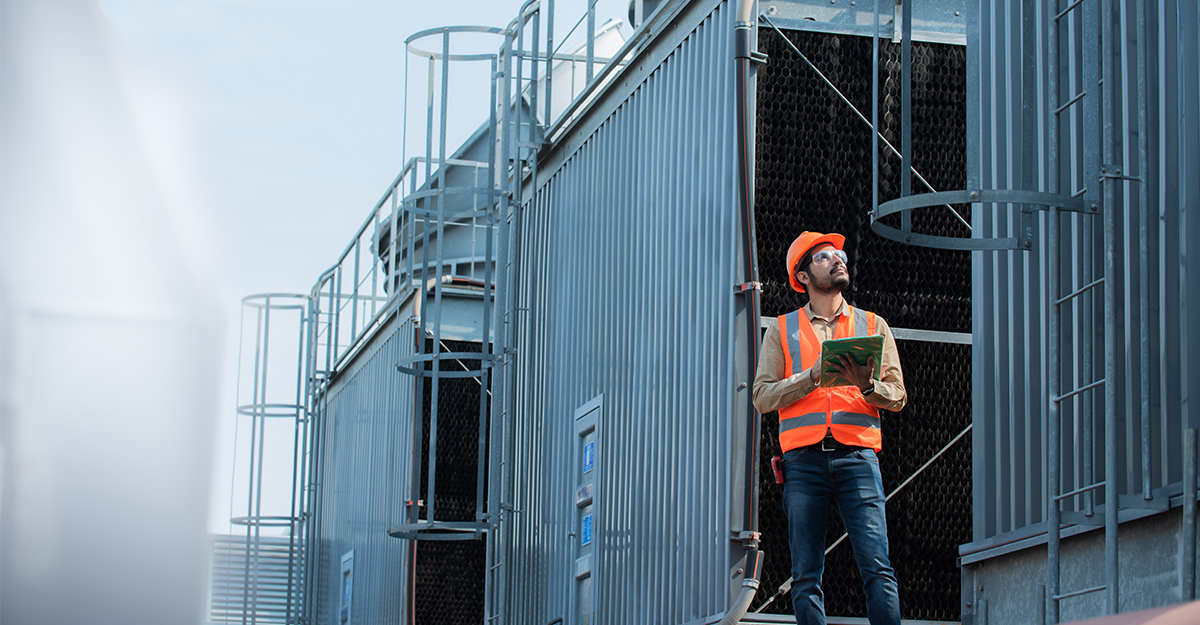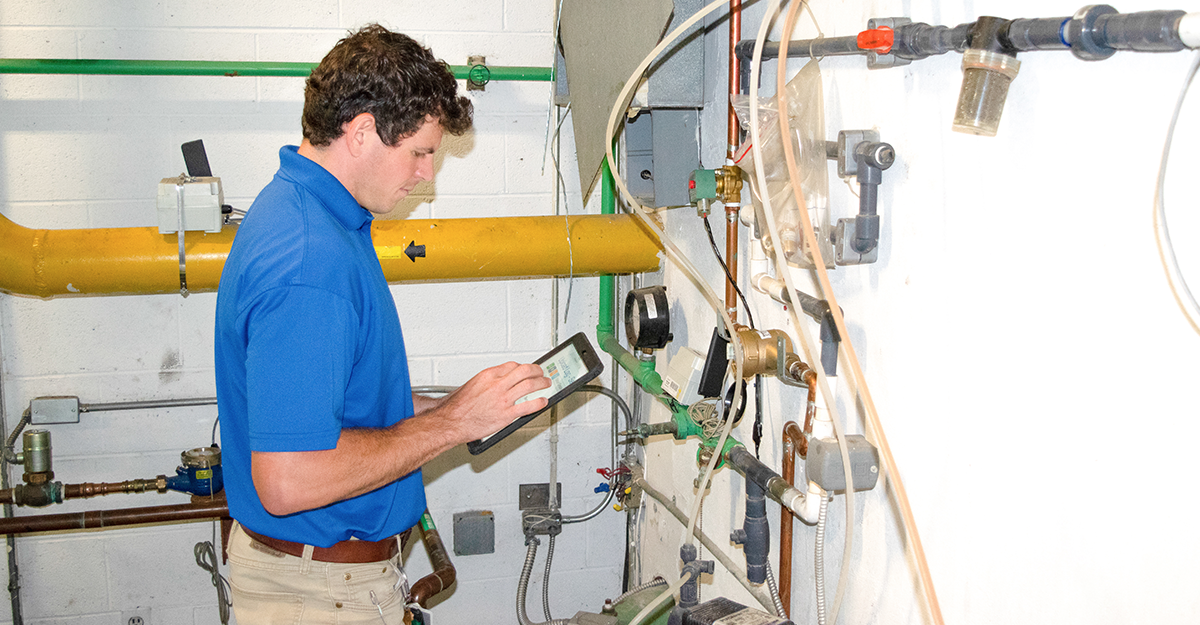In a commercial setting, the function of your building’s plumbing system can mean the difference between conducting business as usual or shutting down temporarily. If your business is a restaurant, service company, or industrial facility that uses a lot of water and needs reliable drainage, a plumbing problem can sideline your money-making activities for days. Even retail stores and offices can be hampered by issues with water availability, drainage, restroom access, or sewage disposal. You can help prevent plumbing emergencies and keep your commercial building plumbing working properly and reliably by monitoring the system and watching for problems before they develop.
Assess the size and scope of your building’s plumbing system
A plumbing system consists of much more than just the components you can see–the sinks, faucets, water heaters, and drain pipes. An extensive network of supply and drain pipes is usually hidden out of sight within walls or floors or buried underground. You may need the help of a plumbing professional to map out the total scope of the pipe and drain network. When conducting preventive maintenance, have a plumbing expert check these hard-to-access areas as thoroughly as possible.
Check for leaks
Do a visual inspection of the system to check for leaks. Look at all faucets and exposed pipes. Check for signs of leaks where pipes penetrate the walls or foundation. Small pools of water on the floor, water stains near the pipes, or warping of wallboard or paneling could indicate the presence of leak.
Test faucets
Turn on faucets to check for leaks around the handles or at the connections to the water supply pipes. Watch for drips that continue after the faucets have been shut off. Even small water leaks can waste thousands of gallons of water and drive up your utility bills.
Check for corrosion
Look for signs of corrosion and related damage around pipes and pipe fittings. Green stains on brass and copper pipes and yellow or orange stains on steel pipe can indicate corrosion. Corrosion should be corrected as soon as possible to prevent the development of serious leaks in pipes and around connections.
Test the stability of plumbing fixtures
Make sure faucets, toilets, and other plumbing fixtures are solidly attached to the floor, wall, or other location. Use gentle force to see if toilets and fixtures will move back and forth. Seals can break on toilets and pipe connections if they are loose.
Check water pressure
Make sure the pressure of the water coming out of your pipes is sufficient for your plumbing needs. Low pressure can indicate a leak somewhere in the system. It can also mean that sediment or other material has built up in the pipes or fixtures and is causing a partial clog. Remove showerheads, faucet aerators, and related components to remove any sediment.
Check all drains for proper function
Water should travel easily down the drain pipes of your commercial building plumbing system. The draining water should create a familiar swirl pattern as it enters the pipes. The appearance of bubbles or a gurgling sound during drainage could indicate a problem that needs to be corrected.
Test toilets and check flushing mechanisms
Make sure each toilet flushes properly and that all internal components are in good repair. If using a tank-based model, that the water shuts off when the tank is filled. Toilets can often be the source of hard-to-detect water leaks in your facility.
Inspect for visible damage
Carefully look at the plumbing pipes, fixtures, tiling, caulking, and other elements to make sure nothing is damaged. Cracked tiles, broken seals, and other damage could contribute to leaks and other plumbing problems.
Proven Savings with WaterSignal
Using WaterSignal, commercial building owners and managers in Atlanta, Houston, and Chicago achieved 14 percent savings — reducing water usage from 57 million gallons to 49 million gallons over the space of a single year. This is the result of being able to monitor water usage in real time, thanks to WaterSignal’s instant information retrieval and distribution system.
Special system features for commercial building owners include:
● Specific data points that help managers boost water efficiency in real time
● LEED (Leadership in Energy and Environmental Design) certification assistance
● Simplified facility benchmarking
● Eligibility for evaporation/sewer credits
● Superior technology and reporting capabilities
● Better conservation practices
Ultimately, WaterSignal’s device offers proven savings on a building’s water use and an average payback period of 90 days. Contact us today to learn more.
Written by Sobieski Services
Edited for WaterSignal by Caleb LaPointe




